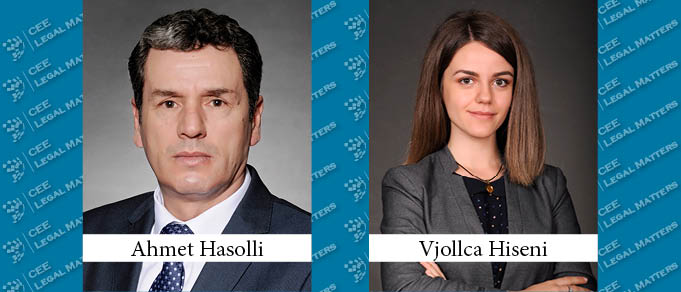Last year, more precisely in December, Kosovo endured a deepening crisis considered one of the worst in the last decade.
Multiple businesses and households struggled to keep their daily activities on course, since the Kosovo Energy Distribution System announced that it will introduce two-hour-long power cuts. However, in practice, these cuts lasted longer, sometimes for more than 14 hours straight in several neighborhoods.
It was also announced by the Kosovo Energy Corporation that, on December 14, the B2 unit of Kosovo B went out of operation. The power plant is responsible for producing half of the electricity consumed in the country annually. This situation sparked protest in the capital of the country, Prishtina, and several calls for the resignation of the Minister of Economy were made.
Background
Electricity generation in the country is entirely dependent on two aging lignite plants – Kosova A and Kosova B. Producing for more than 50 years, these two coal plants do not possess the capacity to adapt, support, or handle the demands of current developments in the country. In order to meet such demands, the Government of Kosovo is rehabilitating the Kosovo B power plant, which is more than 30 years old, to bring it in compliance with European Union Directives and to build a new, more efficient, lignite-fired power plant to replace the 45-year-old highly polluting Kosovo A power plant.
Kosovo has very large lignite resources, totaling 12.5 billion tons, which are claimed to be the second largest in Europe and the fifth largest in the world. Kosovo A and Kosovo B are supplied with lignite from the adjacent Sibovc Southwest and Sitnica mines. With lignite being the main source of producing energy, Kosovo has no oil or gas extraction and no gas import infrastructure, although it is interested in building a pipeline to connect to the Trans-Adriatic Pipeline.
Hence, Kosovo is highly dependent on coal for its energy demands – around 97%. The rest comes from wind farms and hydro-power plants. This has also allowed Kosovars to pay for much cheaper energy than almost all countries of the European Union and the Western Balkans.
Energy Sustainability in Kosovo
It is widely acknowledged that the energy crisis the country is facing now is due to the lack of a clear vision for the future of energy. The fact that Kosovo depends mostly on the import of energy makes it hard for the country to establish sustainability in this area.
In the long run, Kosovo has several targets. Among them, it had a renewable energy target of a 25% share in the final gross consumption of energy by 2020, according to the Energy Community Treaty. In 2017, it achieved a 22.9% share of renewable energy, putting it on track to meet its target. However, this was mostly achieved by the household use of wood biomass, not by investing in renewable energy.
Depending for a long time on the Kosova A and Kosova B, in 2005, the government proposed the construction of a new power plant – Kosova C – later referred to as Kosova e Re. In 2017, the government signed a EUR 1.3 billion contract with American company Contour Global for the construction of this power plant, which would be put into operation in 2023. However, in 2018, the World Bank decided to withhold its support for the project, as it was based on coal and, in March 2020, Contour Global withdrew from the project citing the political crisis in the country as a reason.
For the time being, two other major projects are announced in the energy sector – mainly in solar energy. The German ambassador announced that his country is expected to invest EUR 60 million in solar energy in Kosovo. Details of the investment were not yet provided. Further, during his stay in the US, Prime Minister Albin Kurti announced that the Millennium Challenge Corporation anticipates investing around USD 200 million in the energy sector in Kosovo.
Considering the slow steps with which investments are being carried out in the energy sector, it is unlikely that the energy infrastructure will be improved over the next couple of years. As a result, the government will need to develop alternative solutions, as another winter comes around, in order to avert a new crisis.
By Ahmet Hasolli, Managing Partner, and Vjollca Hiseni, Associate, Kalo & Associates
This Article was originally published in Issue 9.6 of the CEE Legal Matters Magazine. If you would like to receive a hard copy of the magazine, you can subscribe here.
















